Tarantino’s Time Machine: Once Upon a Time in… Hollywood
The other day the nice man from UPS brought me something that I had been looking forward to receiving for quite a while: a Blu-ray of Quentin Tarantino’s ninth film, Once Upon a Time in…Hollywood, which I had pre-ordered months ago on the first day it became possible to do so. I had seen it three times in the theater and wanted to be able to watch it again with minimal delay. (It’s only the third movie I have ever seen that many times as a paying customer, the other two being Raging Bull and Magnolia.)
I have very contradictory feelings about Quentin Tarantino. He’s an acknowledged “major director” – one of the few we have left – whose excesses can make every film feel like a guilty pleasure. A technical master who too often displays the emotional maturity of a fourteen-year-old, at his best Tarantino can still be a dynamite filmmaker, and I enjoyed Once Upon a Time more than any movie I’ve seen in years. I think it’s Tarantino’s strongest work since Jackie Brown.
Set in Hollywood in 1969, the movie follows semi-washed up TV western star Rick Dalton (Leonardo DiCaprio) and his buddy, stunt double, and factotum, Cliff Booth (Brad Pitt) as they try to keep Rick’s head above water in the wake of the cancellation of his series, Bounty Law. (At one point Rick and Cliff spend a short time in Italy making spaghetti westerns, and in true Tarantino fashion, we get to see posters and footage from these epics, along with pitch-perfect clips from fake episodes of Bounty Law, Lancer, and The F.B.I. The last two were real shows that Rick was doing guest shots on.) During the course of these efforts, this entertainment industry duo crosses paths with another group emblematic of 1969 LA, those ultimate devils of the 20th Century American imagination, the Manson Family.
[Click the images for Hollywood-sized versions.]
When the two factions collide at the end of the film (Rick happens to live on the infamous Cielo Drive, right next door to Roman Polanski and Sharon Tate, who is touchingly played by Margot Robbie), the result is a spectacular “Tarantino ending,” and you know good and well what that means. It may be a mild spoiler to reveal that the actor and his stuntman ruin Charlie’s murderous plans, but I’m not giving much away; you can see the intervention coming from a long way off, and anticipating it is one of the movie’s biggest pleasures.
For most of its two hour and forty-minute running time, Once Upon a Time is an ironic comedy of failure and friendship, and it’s full of Tarantino’s strengths – a lively, nonlinear structure, playfully intricate plotting, eccentric, funny dialogue, confident, relaxed playing, and a soundtrack to die for. The two male leads are terrific together and Brad Pitt once again proves that there is no justice in the universe: a pretty boy like him has no business being such a good actor. It just isn’t fair.
The movie was a considerable success critically and at the box office (372 million dollars as of December first), especially for a non-franchise film (the original screenplay was by Tarantino himself). That much money clearly proves that folks in places like Maine, Michigan, and South Dakota had no trouble appreciating the film’s many virtues.
Once Upon a Time in… Hollywood had an extra dimension for me, however, one that kicked it into the pop-culture stratosphere, sending me to the theater three times (I would have happily made it four but my wife said she was done) and making it imperative for me to own the movie immediately: the film was almost literally a time machine.
Brad Pitt, Leonardo DiCaprio, and Margot Robbie
All period pictures function this way to some extent, of course, but not all do it with equal success. The very best ones can so solidly drop you into another time and place that you feel you’ve really been there. Medieval Spain (El Cid), New York City’s Lower East Side right before the First World War (The Godfather Part Two), the Depression era Midwest (Bonnie and Clyde) – these times and places have been so clearly seen and deeply imagined by their filmic creators as to be brought back from the grave, alive and kicking.
The time travelling dimension of Once Upon a Time in… Hollywood was especially vivid to me because, unlike the settings of El Cid, The Godfather Part Two, and Bonnie and Clyde, which I can only experience through the discipline of history or the power of art, 1969 Los Angeles was my time and my place. In Once Upon a Time Tarantino has recreated that very peculiar physical and cultural setting with such obsessive love and fidelity that I felt what those Maine, Michigan, and South Dakota viewers could never feel, however genuine their enjoyment of the film – I felt that, after being away for fifty years, I was home.
Los Angeles, 1969
I grew up in Bell Gardens, a city six miles southeast of downtown Los Angeles (and about twelve miles away from Torrance, where Quentin Tarantino lived); on a clear day (of which there were very few in the 60’s and 70’s) I could see the Hollywood sign from my high school. I was nine years old when the Mansons butchered their victims, and I well remember the terrible fear that settled over Southern California in the wake of those vile murders. Once, years later, while driving up to Griffith Park, I passed by Cielo Drive (I didn’t even know that I would be going that way), and I’ll never forget the sudden, involuntary shiver that ran all the way through me when I realized where I was.
This connection is what had me vibrating like a tuning fork for every minute of the movie’s long running time. The shocks of recognition never stopped coming, as I was bombarded with visual and aural reminders of my native milieu. However far we roam and however many years pass, no matter how much things change (perhaps the more things change), those early years give us the ineradicable template that dictates how we think the world should be. For me, watching Once Upon a Time in… Hollywood was like waking up after a long, strange, disorienting dream and finding all things exactly as I had left them when I turned out the lights.
Taco Bell
In the world of the film, everything is in accord with that blueprint buried in my subconscious: fast food joints and bakeries (fake-adobe Taco Bells and blue-lit Van DeKamp’s built like Dutch windmills), bus bench signs and billboards (Watch the George Putnam News on KTTV, Channel 11), radio DJ’s (KHJ’s the Real Don Steele!) and advertising jingles (Heaven Scent Perfume – the tune is still damn catchy, even after five decades), clothes and cars (Rick’s yellow 1966 Cadillac DeVille is pretty cool, but Cliff’s baby blue Karmann Ghia is flat-out bitchin’) and of course, pop songs, movies, and television shows (the Manson Family is partial to Combat while Cliff spends his Saturday nights watching Mannix, just like the Parker family did.)
Two of these details had a particularly personal meaning to me – one brief shot features one of LA’s most iconic movie theaters, the Cinerama Dome. The picture playing there? Krakatoa: East of Java, which my parents and I saw at the Dome in the summer of 1969. (Lousy movie, by the way. Doesn’t matter – it’s still a cherished piece of my childhood. That’s how memory works.)
The Cinerama Dome
The other detail comes near the end of the film, as one of the guests at the Cielo Drive house, Roman Polanski’s friend Wojciech Frykowski, watches some American television and, in the words of the voice-over narrator (Kurt Russel), “thought about how much better it was than Polish television.” What appeared on the screen Frykowski was watching (and how small that screen was!) literally made me holler out loud and half jump out of my seat. (No one reprimanded me – I think a lot of people in the audience were having many of their own such moments.)
It was KHJ-TV’s Fright Night, which showed cheesy old horror movies introduced and interspersed with comedy schtick and rude interruptions by actor Larry Vincent in his character of Seymour, “the Master of the Macabre, the Epitome of Evil, the Most Sinister Man Ever to Crawl Upon the Face of the Earth!” Larry Vincent died in 1975, and many of us who grew up watching him are still in mourning. I hadn’t thought that any video of his show existed, and suddenly seeing him again after forty-four years – for a mere five seconds! – almost brought me to tears.
Larry Vincent as Seymour
Of course, it’s all an idealization. I know that. (For one thing, the 101 freeway was never that wide open, even fifty years ago.) Things were never that sunny, never that fresh and perfect; it is only selective memory that makes it seem so. Despite my childhood template, not everything in 1969 Southern California was as it should be – no one should be brutally murdered in their home by deranged lunatics, for example.
But what’s the point of a time machine that won’t let you fix anything? To right wrongs is the whole reason for going back, isn’t it? Surely Quentin Tarantino thinks so – just ask the guy who played Hitler in Inglorious Basterds – and so Once Upon a Time in… Hollywood ends not with nostalgia for what was but with a full-blown intervention to recreate 1969 as it should have been, as Cliff and Rick are able to make the course of history do a one eighty. In this world, those who would have committed the unspeakable acts of August 8, 1969 have their own violence and evil turned back on their heads by a clueless TV cowboy and his gofer.
Mike Connors as Mannix
By the time the final credits roll, the correction is complete, and the last thing we see after the cops cart off what’s left of the Mansons is a delighted Rick Dalton being invited next door to finally meet his neighbor, the still-alive Sharon Tate, who is apparently a big fan of Bounty Law. She is also, let us not forget, the wife of the hottest director in town. Things are finally looking up for Rick Dalton; it seems as if his has-been days are over.
Deeply moving is not a description that’s often applied to Quentin Tarantino’s movies, but ultimately that’s what I found Once Upon a Time in… Hollywood to be, because Tarantino didn’t just recreate the world of my youth – he removed an awful stain from it; he scrubbed it clean. In this past, those who died in pain and terror did not die. Tarantino gave Sharon Tate, Jay Sebring, Wojciech Frykowski, and Abigail Folger back their lives, in the only way that he could: through that special kind of fairy tale that we call a movie. Once Upon a Time indeed.
Fairy tales can’t heal every wound, but they do help us live with the ones that we inevitably acquire, and I’m especially grateful for this one, as it restores and rehabilitates that strange and magical kingdom far far away that I once called home.
Thomas Parker is a native Southern Californian and a lifelong science fiction, fantasy, and mystery fan. When not corrupting the next generation as a fourth grade teacher, he collects Roger Corman movies, Silver Age comic books, Ace doubles, and despairing looks from his wife. His last article for us was A Trip to Venus.
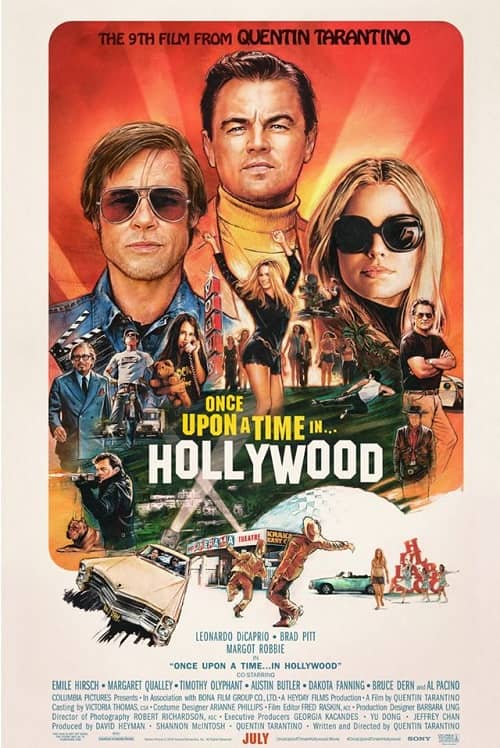
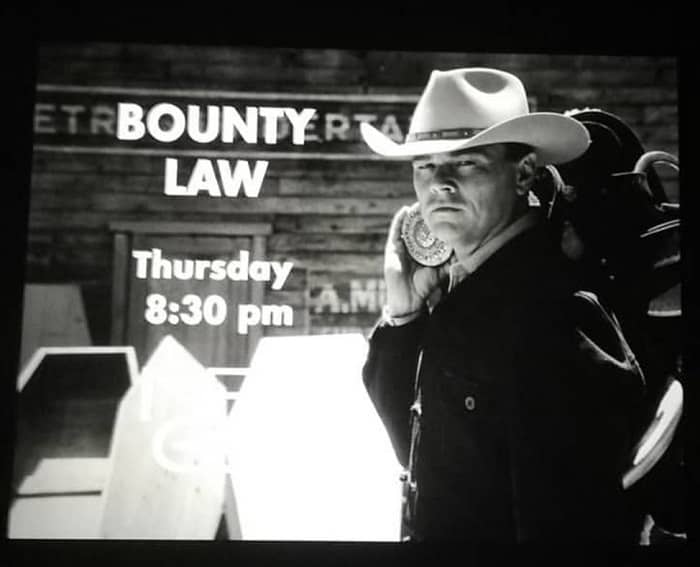
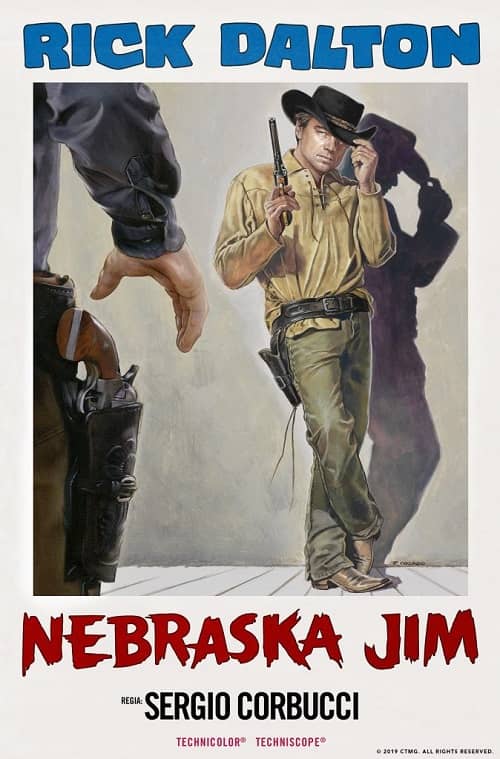
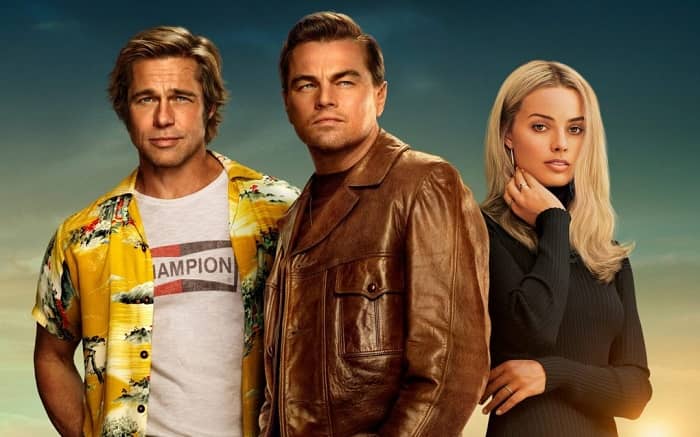
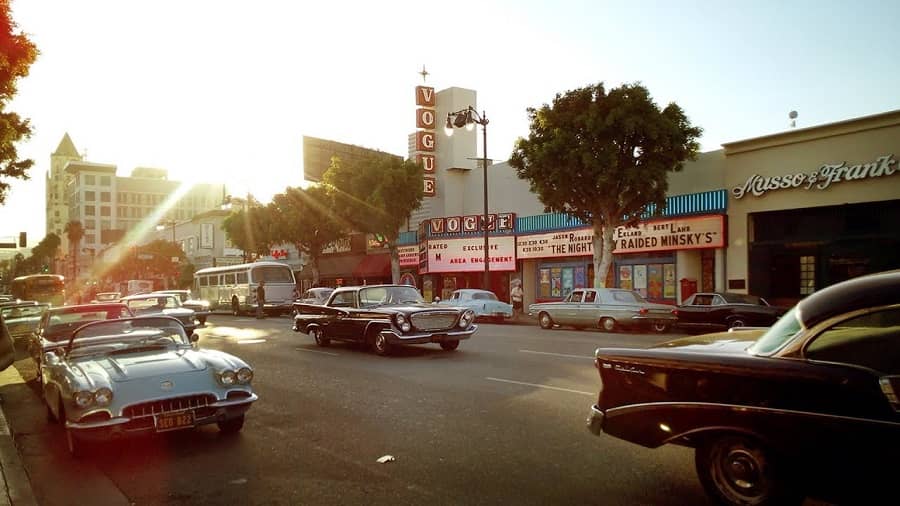
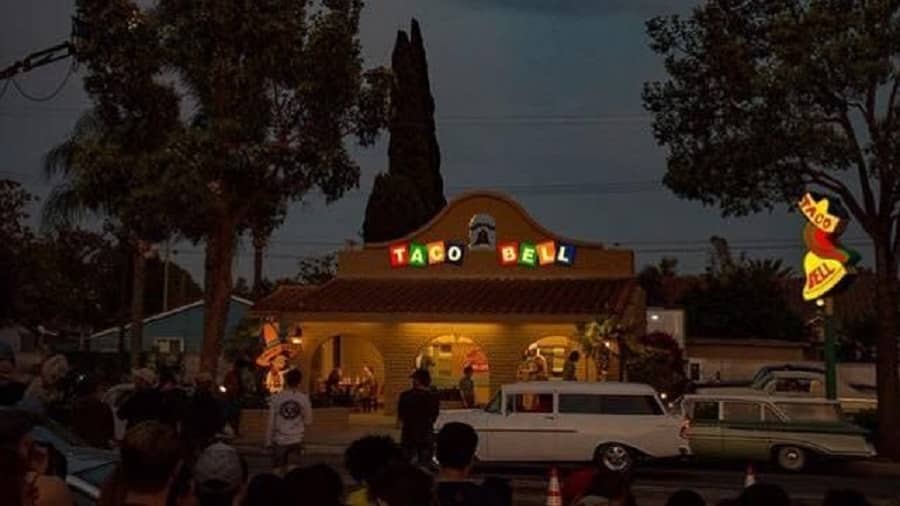
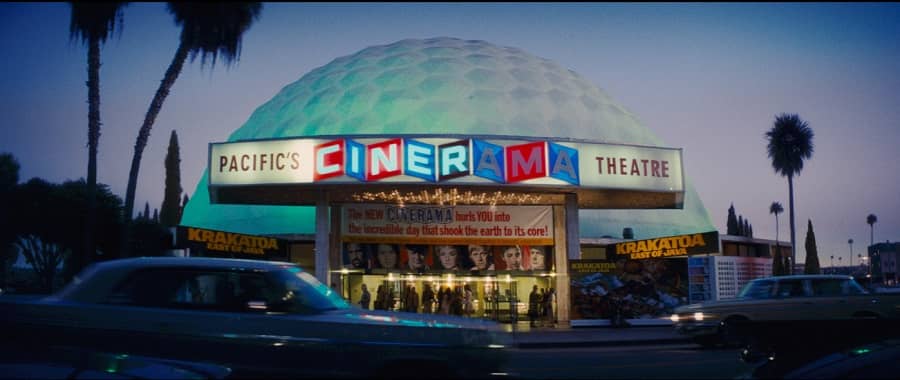
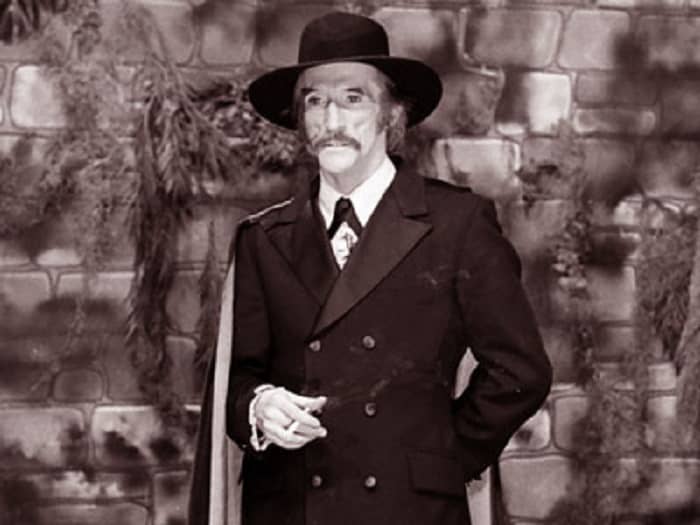
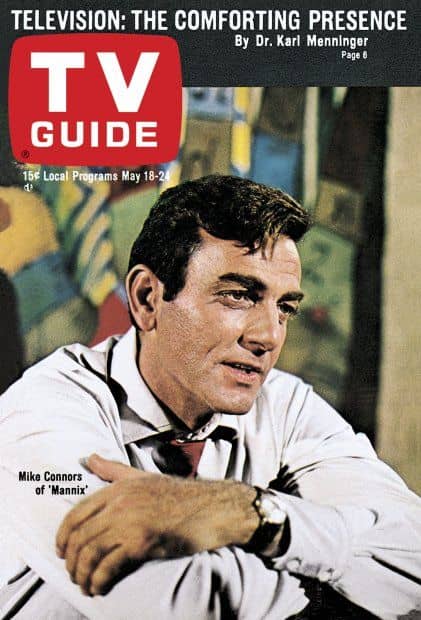
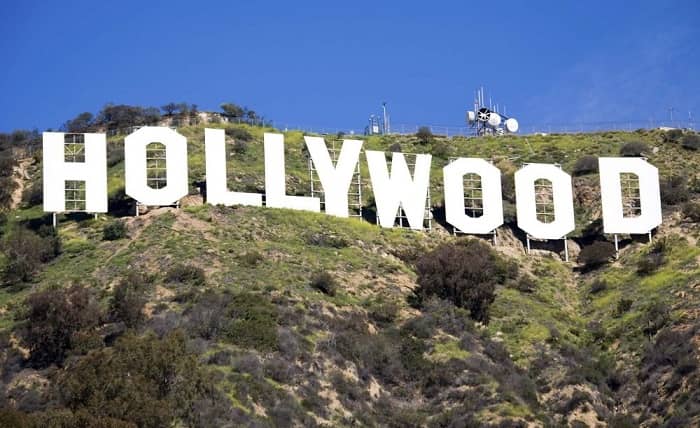
Thomas, this is one of the loveliest pieces I’ve read in a long time.
I am from a place that is the furthest thing from Southern California (N.W.Ontario, Canada), so this film doesn’t resonate with me as it does with you. That said, this movie just felt ‘right’. It’s too long, and not perfect (what movie is?) but it really captured the time and place so very well. As always, Tarantino makes a wonderful motion picture that’s impossible to tear your eyes away from.
What a great film with a Best Actor caliber performance by DiCaprio.
When big pictures feel like they are edited by accountants to appeal to everyone and offend no one film makers like Tarantino are a breath of fresh air. There is no guilt (except maybe his foot fetish) in my love for Tarantino films. Looking forward to watching his next film no matter the subject matter.
Amen! This movie hit me harder than any other film in the last ten years. I was born in October 1969, so I was in-utero at the same time as Sharon’ s baby—i.e. my mom was pregnant while Sharon was pregnant. Also, I saw the movie with one of my very best friends—his steady confidence about life and art contrasted with my ongoing crisis of faith about my writing career—mirroring the relationship between Cliff and Rick. I found the film to be completely immersive— and endlessly fascinating—saw it three times in theater and then bought it as soon as it hit On Demand. Rick fuckin’ Dalton!
Apparently Quentin wants to do an 8 episode BOUNTY LAW series for NetFlix—and he has already written five eps. I really hope he follows through—especially since he bowed out of his long-rumored STAR TREK project.
I had heard that Tarantino had written the complete Bounty Law episode that the movie shows excerpts from. I think a whole series would be awesome – as long as it has fake promos and commercials too!
Wonderful, wonderful review! Thank you.
>Apparently Quentin wants to do an 8 episode BOUNTY LAW series for NetFlix—and he has already written five eps. I really hope he follows through—especially since he bowed out of his long-rumored STAR TREK project.
I haven’t heard that. Shit, that will make me finally get Netflix. I love Tarantino and like Star Trek but I’m glad he hasn’t done a Star Trek project.
>as long as it has fake promos and commercials too!
That part of the fun of seeing Grindhouse. I’m so glad I saw it in the theater.